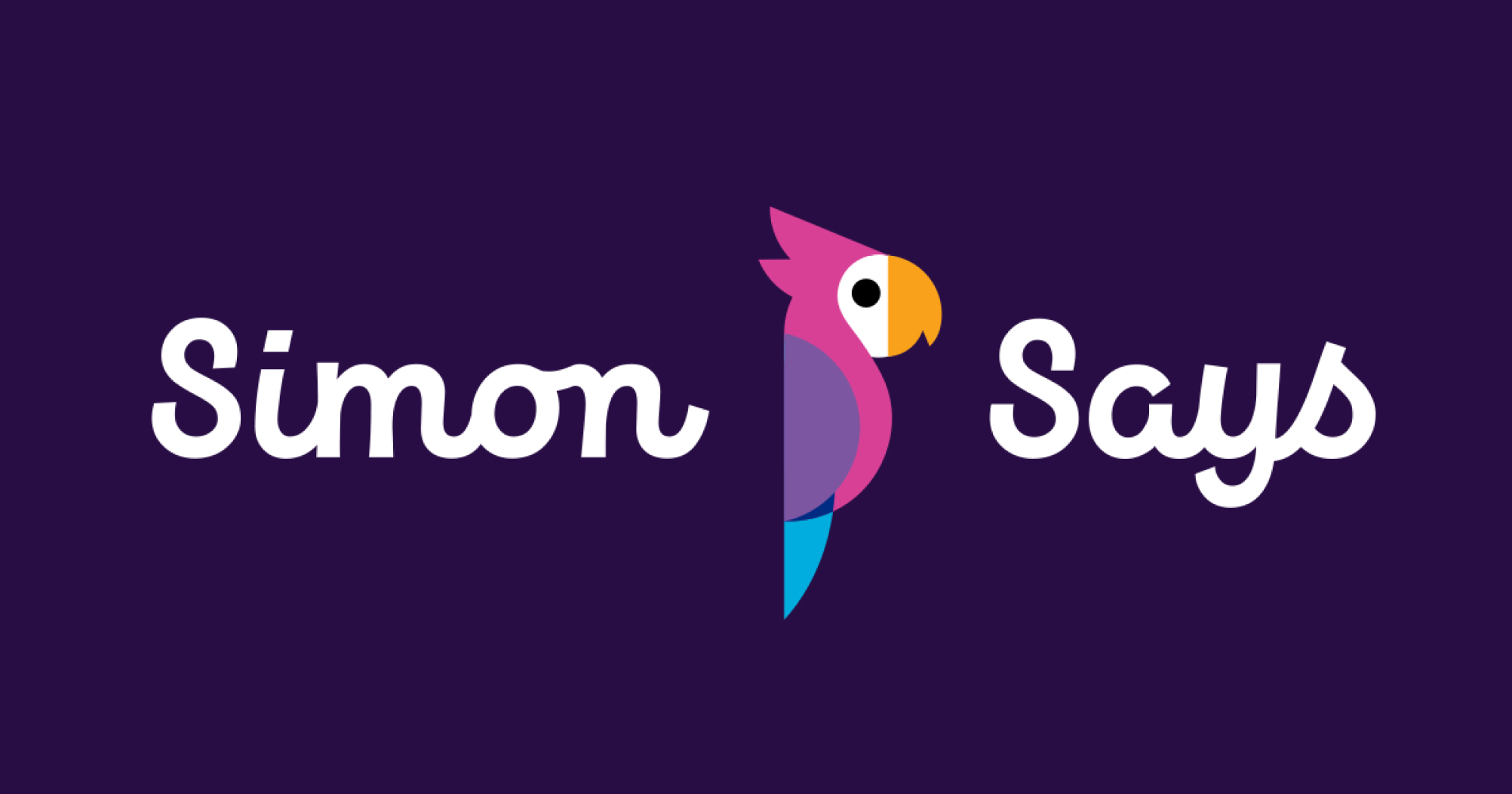

Chris Walton, Designer/User Researcher for Microsoft / Amazon, on using Simon Says on-prem
"Having an on-prem solution really saved us a lot of heavy lifting in the edit"
We, at Simon Says, are grateful to be a small part of the important work of so many thoughtful users and creative organizations. We are highlighting one of those users below.
Chris Walton is a User Researcher Filmmaker at Steyer Content which, for the past 20 years, works on behalf of Microsoft, Facebook, Google, Tesla, HBO, and others to create transformative experiences using world-class writing, video, code, and design.
Chris / Steyer use Simon Says' on-prem AI transcription software in their work, especially on the highly sensitive client projects. We caught up with him to share his experiences.

Simon Says: Tell us a bit about yourself and the work you do:
Chris Walton: My team at Steyer Content and I work primarily in the Design/User Research field. Building a better product than the next company can be tricky as it is not simply about design or engineering. Design Research begins by figuring out what "better" means to end-users, and then helps engineers to refine their interpretation of that feedback. What follows is a cycle of testing, feedback, refinement and retesting until the product meets customer needs and expectations.
Our clients have found that documentary films can show interactions and reactions to prototypes and betas in a way that traditional reports can't. Research documentaries can significantly improve the speed and quality of this type of cyclical development.
Most of our clients are in the tech fieldÔøΩ Microsoft, Amazon, WhatsApp. I have also worked with companies like Otterbox and Karcher.
SS: How did you first hear of Simon Says and why did you choose to go with its Mac/PC on-premise AI transcription solution?
CW: We relied very heavily on phonemic search capabilities, I would say for a good eight years, but the technology had it's limitations. It was quick to go from raw footage to search but it left us poking into content here and there, guessing at the language subjects might have used while talking about whatever we were looking for. Once we figured out where the content-rich sections of the interviews were, we were forced to watch a lot of footage, often only to discover that it wasn't what we needed. When the software finally was no longer sold or supported, it forced us to look for a new solution. We tested a couple of different transcription applications.
Our team liked the ease of use and accuracy of Simon Says. The ability to quickly read through interviews has been a big help to both the speed and quality of our productions.
The ability to transcribe finished work has also been a huge help as most clients now want this sort of internal presentation to include closed captions.
SS: Why is/was having an on-premise AI secure solution critical to your work?
CW:
One of our clients has a project that is highly sensitive and requires Steyer to follow strict policies and regulations. Sending any data out of the local network was out of the question. Having an on-prem solution really saved us a lot of heavy lifting in the edit.
To give you some idea of the quantities we are talking about, the last project I completed for this client was a five week shoot with three camera operators. We had somewhere around 180 hours of total footage which I cut into 10 different projects with a total runtime of less than 1 hour. That's a pretty high shooting ratio. The client was so happy with Simon Says that they asked for a second installation so researchers could transcribe audio files by themselves.
SS: What did you love most about the Simon Says on-premise solution?
Frankly, I will sayÔøΩ simply that it is offered. There are quite a few alternatives out there but on-site is not common, particularly for solutions that cater to video production. We edit in FCPX and the interaction between the two is very convenient.
SS: What is a recent win that you are super proud of?
We sent a team out to work on a seven-country, three month project late last year. The volume of material was massive and even with a three person crew, the team struggled to complete on-site rushes. As we debriefed the team after the first two-country trip, we realized the subtitling needed by the client was far more time consuming than anticipated. Interviews were facilitated through simultaneous interpretation and we had that audio on a clean track. The team used Simon Says to transcribe the English track and then shoot the text back to FCPX as burn-in subtitles. Simon Says cut hours off of each production day.
CW: What is a memorable scene in a film that you wish you directed?
This has got to be the toughest question! I can think of so many scenes that I admire!
The story that made my jaw drop and had me saying, 'I want to do something like that!' was 'Art & Craft.'
The subject was, from what I have read and what I could see, a tough interview but the film's creators persevered and came up with a beautiful story, told in an original way. I love documentaries that move beyond the traditional journalistic approach of, 'tell them what you are going to tell them, tell them and then tell them what you told them,' and do it in a creative and unexpected way.
SS: Where can people see more of your work and how can they get in touch?
CW: You can find a demo reel on our website Steyer.net.




